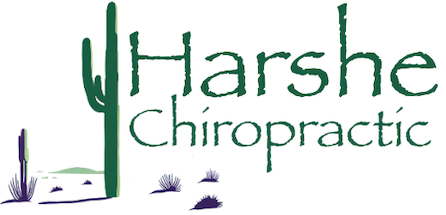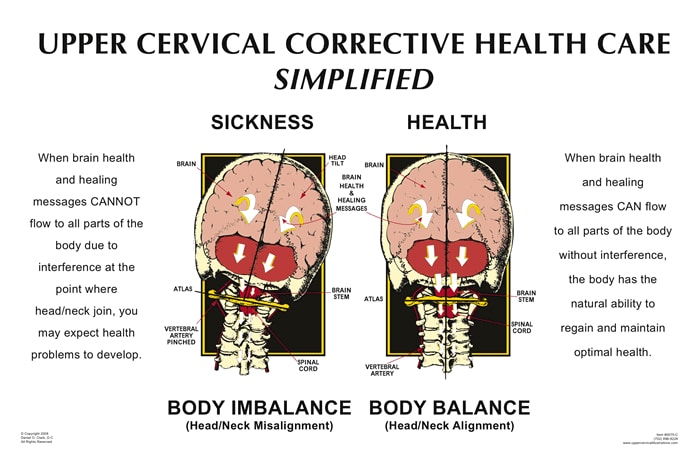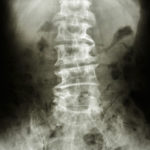Upper cervical chiropractic specifically focuses on the top two vertebrae in the neck, the atlas (C1) and the axis (C2), and the positioning of these two bones in relationship to the overall structure and function of the body. The C1 is the most freely moveable bone in the spine and has a tendency to misalign very easily. This misalignment of the C1 or C2 is what we call in the chiropractic profession a vertebral subluxation. Because of the upper cervical spine’s ease of movement, the actual adjustment is very safe and gentle, and without any popping, cracking, twisting, or turning.
With the exception of most of the cranial nerves, every nerve in the entire body passes through the C1 vertebra. This is the only place in the entire body this happens. If the C1 is misaligned, it can create tension in the ligaments connecting the inside of the C1 to the outer protective layer of the spinal cord called the dura mater. This will undoubtedly interrupt the communication between the brain and body on some level. Short term, this communication interruption may result in foot pain and bursts of lancing pain down one arm. Long term, this may turn into high blood pressure, vertigo, and constipation. Along with the painful tension in the muscles, tendons, and ligaments of the upper neck created by a misalignment of C1 and/or C2, an entire of host of symptoms may arise structurally and functionally to disrupt your quality of life.
Do you only adjust the neck?
Absolutely not. Dr. Harshe adjusts the entire spine, as well as extremities. In fact, the goal with upper cervical chiropractic is to restore the C1 and/or C2 into its proper positioning so that they will hold the proper positioning as long as possible.
From C3 all the way down the rest of your spine, getting the vertebrae or the pelvis to hold its positioning for long periods of time is not as realistic. It’s normal to give a chiropractic adjustment and not need to adjust C1 and/or C2.
To make an appointment with Dr. Harshe, click here.











